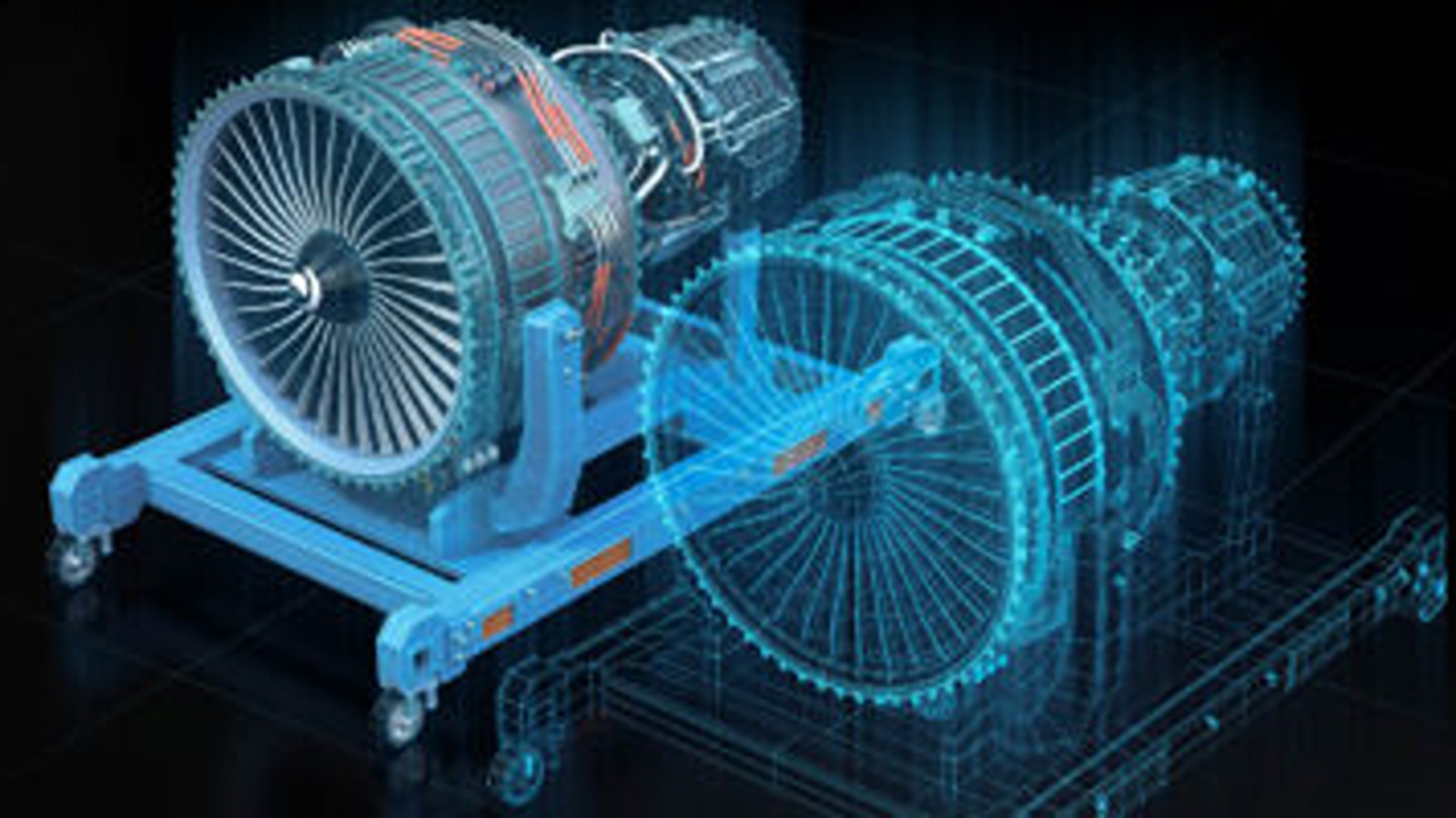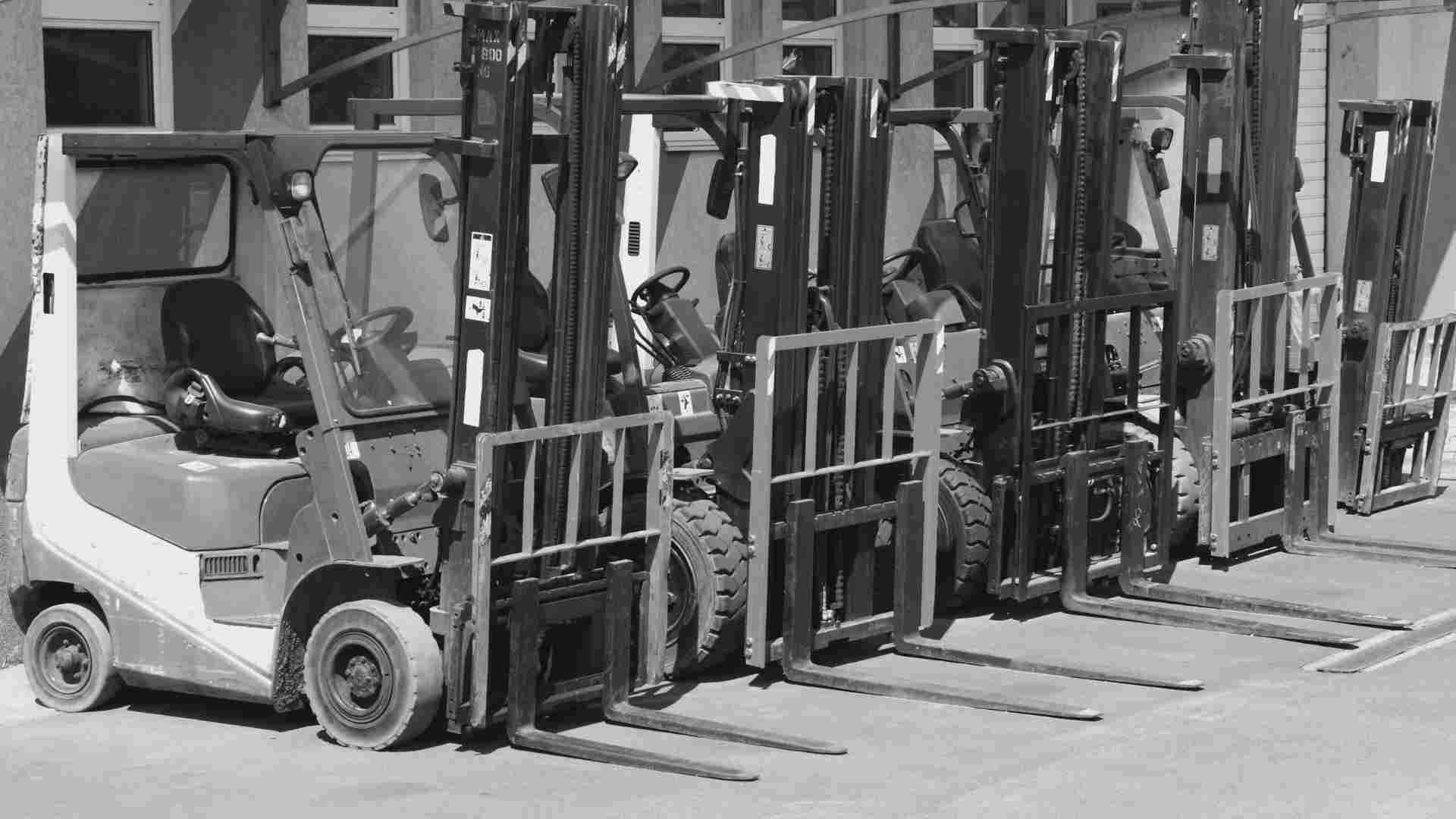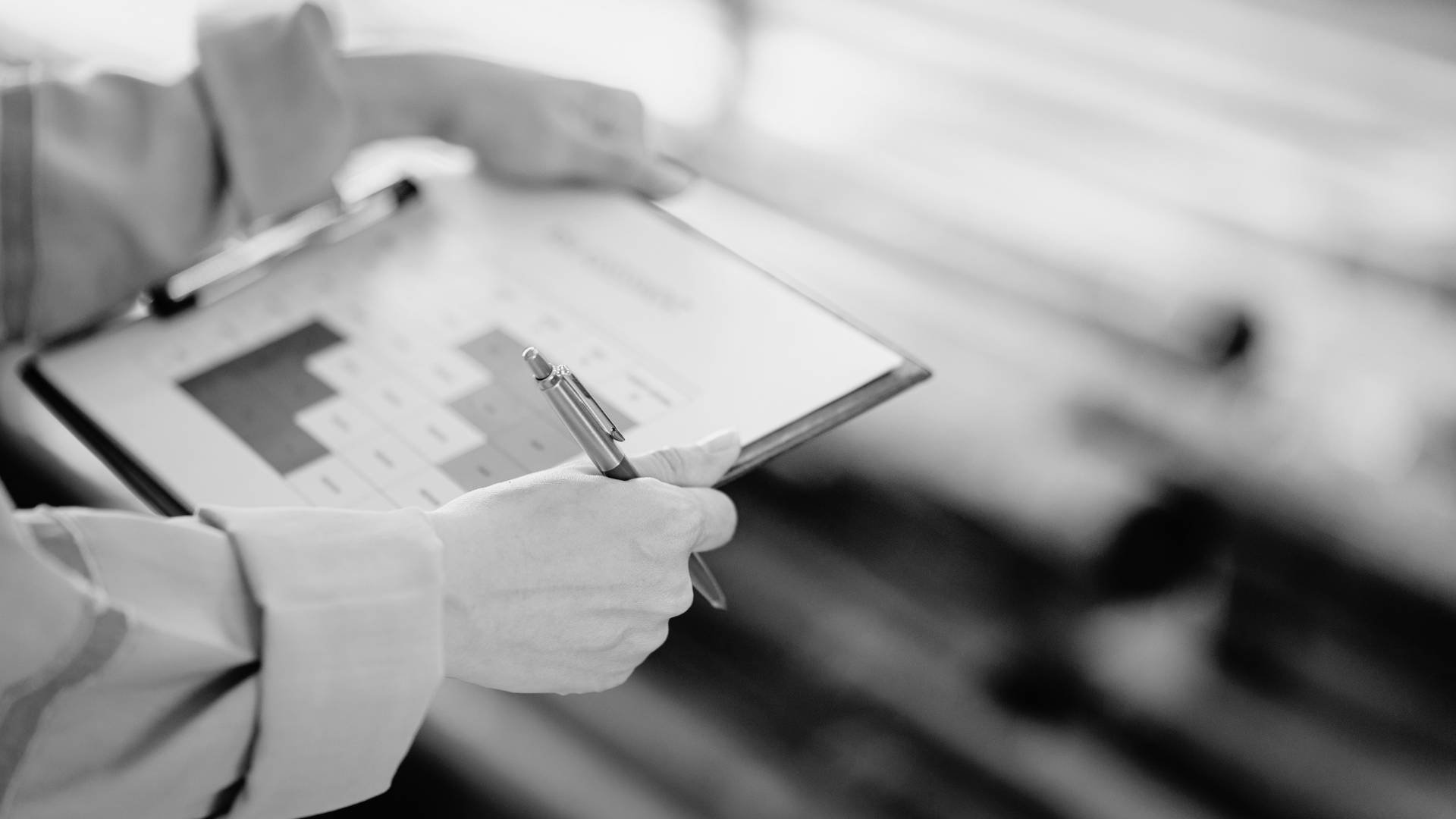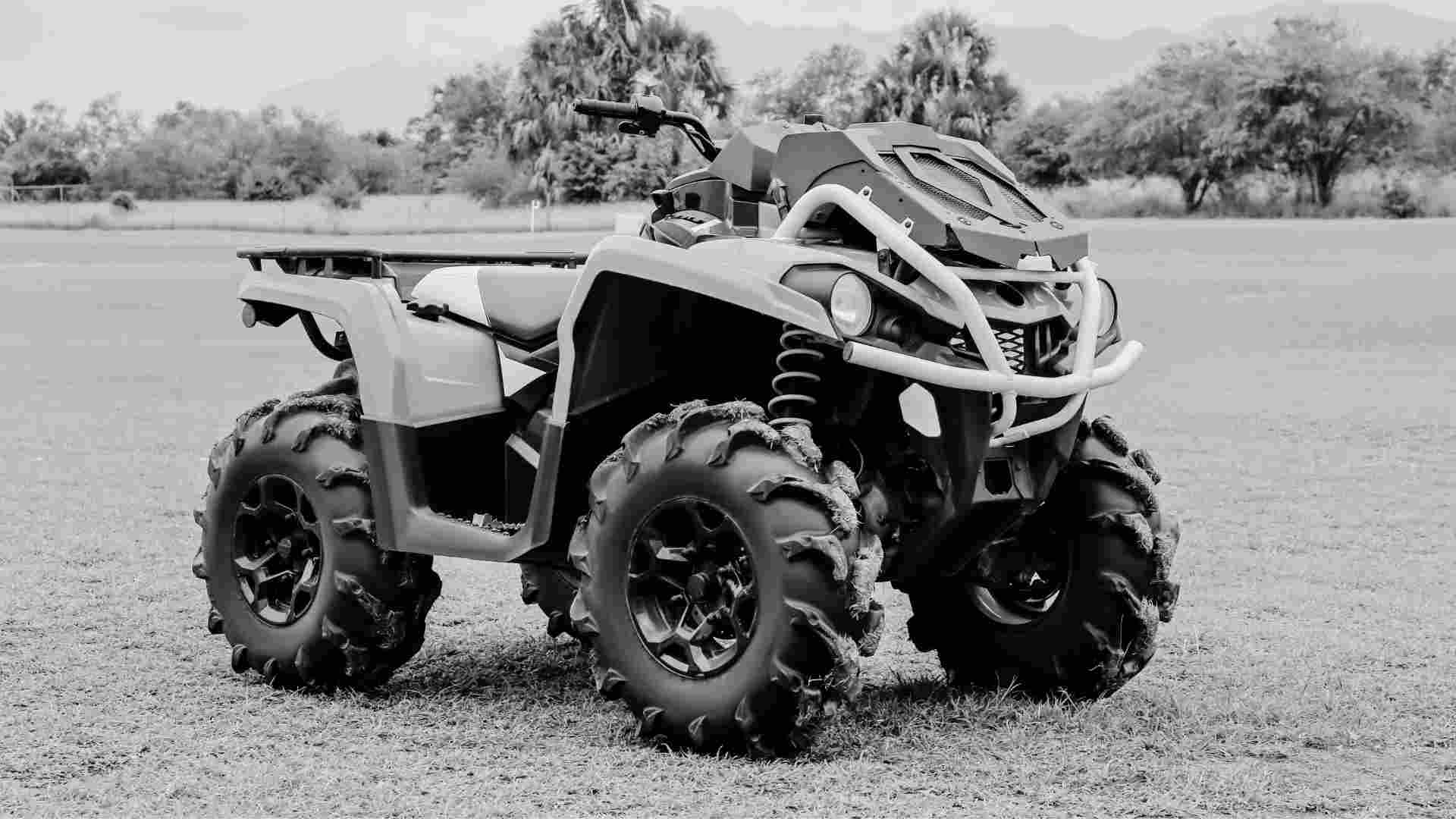The ultimate guide to forklifts
Forklifts, also known as lift trucks, are essential machines used across various industries for material handling, lifting and transporting heavy...
|
|
Machinery Pre Starts
|
|
|
Risk Management &
|
|
|
Document Management
|
|
|
Dashboards & Reporting
|
|
|
Machinery Risk Assessments
|
|
|
Service & Maintenance
|
|
|
Safe Operating Procedures
|
|
|
MySite
|
|
|
View All Features |

In 1970, disaster struck Apollo 13 when an explosion turned a mission to the moon into a desperate rescue operation. With limited resources, and over 200,000 miles to contend with, the situation looked bleak.
But it was a digital model of Apollo 13 back on Earth that allowed NASA engineers to test possible solutions, overcome impossible odds, and get the astronauts back home. This is one of the earliest examples of technology that would come to be known as a ‘digital twin.’
In a nutshell, a digital twin takes something in the physical world, such as a product, service or process, and directly replicates it in the digital world. For example, during the COVID crises, scientists have modelled the lungs of real patients in the digital space, to accurately predict the effectiveness of ventilators.
Many of the great features found in Plant Assessor use this type of technology too. For example, a Machine Profile in Plant Assessor is a digital representation of a physical machine, complete with its documentation, forms and certificates. Site Reporting lets users see the current status of every machine on site from the palm of their hand.
While it’s been around for a while, the concept of digital twins wasn’t properly defined until 2002, but thanks to the Internet of Things (IoT), it’s gathered significant traction in recent years.
What’s the Internet of Things?
The Internet of Things (IoT) is the huge number of devices and systems that are connected to the internet, collecting and sharing data with each other, and performing tasks without human input.
Examples can be as simple as turning on a lightbulb with a smartphone app, to as complicated as connecting entire environmental sensor systems across cities, that continually monitor and adapt to changes in real-time.
It’s already massive – but it’s only going to get bigger. IDC, a tech analyst company, says that there’ll be 41.6 billion connected IoT devices by 2025. That’s a lot of things.
These billions of digital replicas of physical ‘things’ will lead to new opportunities for physical product experts to team up with data scientists, who can analyse the incredible amount of data and feed that insight back into understanding operations, and assist in the development of products and services.
The digital building site
Another important development in the digital twins space is Building Information Modelling (BIM) – another technology that’s been around since the 70s – but wasn’t officially classified until the 2000s.
BIM is a process that creates a digital representation of physical places, used by individuals, business and agencies who plan, design, construct, operate and maintain buildings. It’s also used to model physical infrastructures, such as communication networks, utilities, bridges and tunnels.
With building projects specifically, when budgets are tight, manpower is limited and schedules are demanding, it’s critical that each stage of the project from architectural, structural and mechanical, electrical and plumping (MEP) designs, are well coordinated. And that’s where BIM comes in.
BIM creates a virtual construction of a facility before physical work ever begins, modelling the entire construction from initiation to completion. That helps iron out uncertainty, ensures safe working conditions, works out unforeseen problems and can simulate potential hazards.
Importantly, it allows subcontractors from every trade to input information into the model — which allows opportunities to prefabricate off-site. That cuts down on waste management, as products and manpower can be delivered at exactly the right time – rather than being stock-piled on-site.
BIM can bridge the gap between planning and design teams, and construction teams. For example, a building owner may find an issue with an electrical system. Rather than spending time and money investigating the physical site, they are able to refer to the digital model and analyse any potential faults.
What does the future of digital twins and the Internet of Things mean for machinery compliance?
Because digital twins are virtual replicas of the physical, we can use them to run simulations before actual devices are built and deployed. This has many applications in the machinery compliance space that can speed up the compliance process, improving safety – and ensuring nothing gets missed.
But replacing current processes is just the start. Innovators are already using the power of digital twins in incredible ways. For example, doctors have created patient-specific digital twins of lungs, to help recommend ventilator use in COVID-19 patients.
In the machinery compliance space, the potential is huge. For example, the time consuming process of daily pre-starts across the entire fleet could be replaced by one person, in one location. Each machine equipped with sensors that are monitoring every aspect of compliance and generating a digital ‘profile’ of the machine, with a daily report of any actions or issues that need attention.
What is clear, is that as the Internet of Things grows bigger and more connected, we can expect to see more digital representations of physical objects, sites, equipment and processes.
Disclaimer: This information is intended to provide general information on the subject matter. This is not intended as legal or expert advice for your specific situation. You should seek professional advice before acting or relying on the content of this information.

Forklifts, also known as lift trucks, are essential machines used across various industries for material handling, lifting and transporting heavy...

We all know machinery and its operation can be inherently dangerous.

The Queensland Government has changed regulations relating to the use of quad bikes in workplace settings within the state.